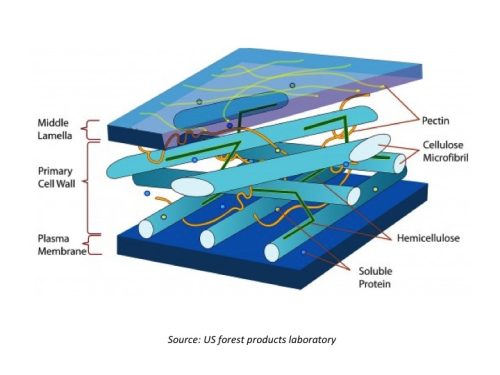
According to Mississippi’s Joshua Otaigbe, who is leading the project with John Nairn from Oregon State, the technology "could revolutionize the composite industry", particuarly building, construction, automobiles, and aircraft.
Currently, the composite industry combines wood particles rather than fibers with polymers. "What we are doing is extracting fibers, which are different from particles,” said Otaigbe. “The fiber is a lot stiffer and stronger than the wood particles, and provides the reinforcing capability for the plastic."
The process under development involves taking the wood fibers, usually within paper, and placing them in a mold, then injecting a reaction mixture used to make the polymers. The temperature is then raised to 150°C – relatively low when compared to traditional melting methods –and the mixture forms a composite in a matter of minutes. The lower temperatures are important, since wood fibers tend to degrade at temperatures above 190°C.
Paper boost
“Wood fiber is renewable and based on agricultural products, and the composite materials we come up with would biodegrade after their service life without harming the environment," said Otaigbe.
Greater use of wood fibers in producing composites also could be a boost to the paper industry by providing an important new use for wood pulp, since paper is a raw material for the projects. "We can extract wood fibers out of paper,” he added.
The work is being funded by the National Science Foundation (NSF) through its structural materials and mechanics program of the division of civil, mechanical, and manufacturing innovation.






